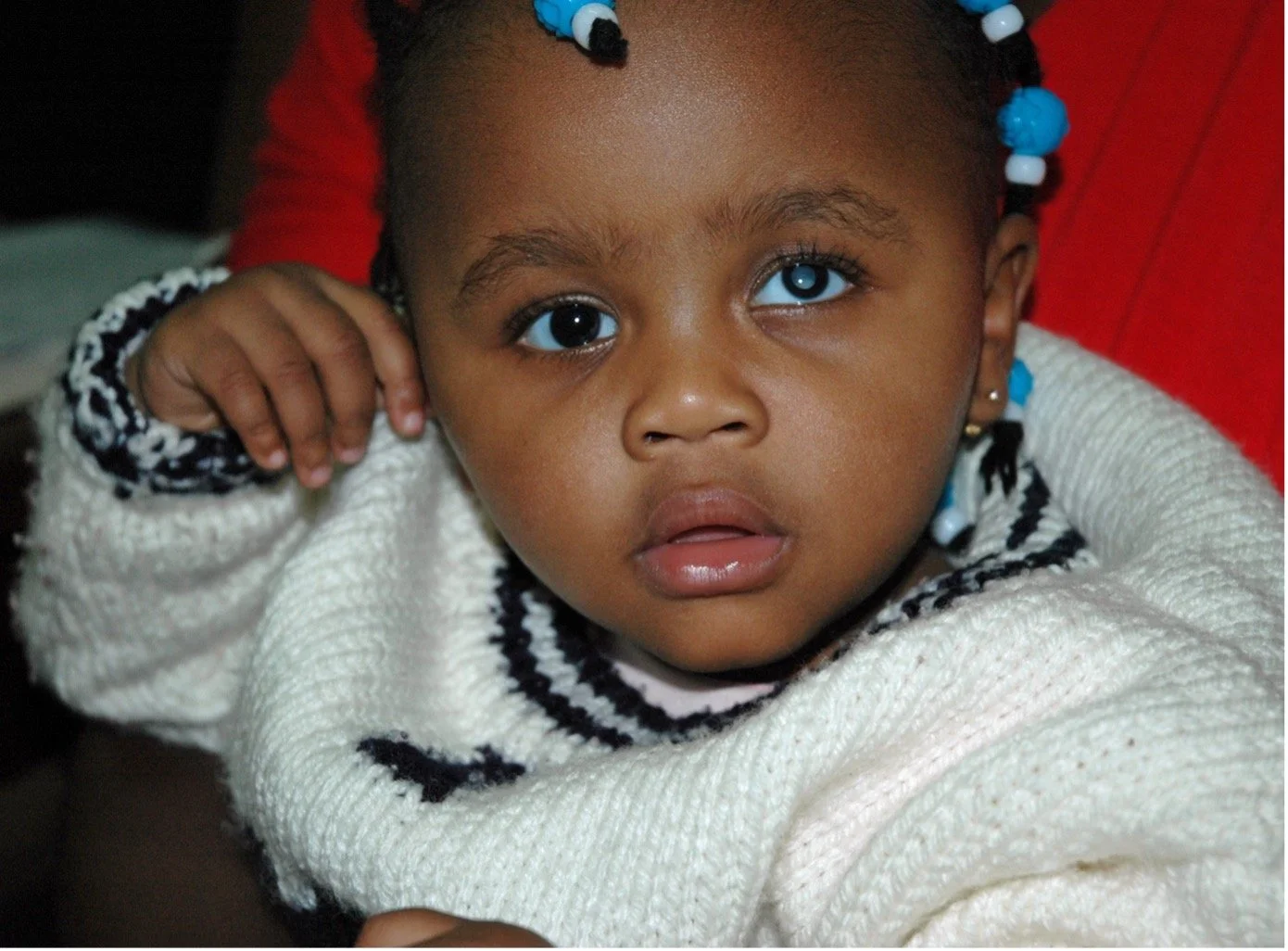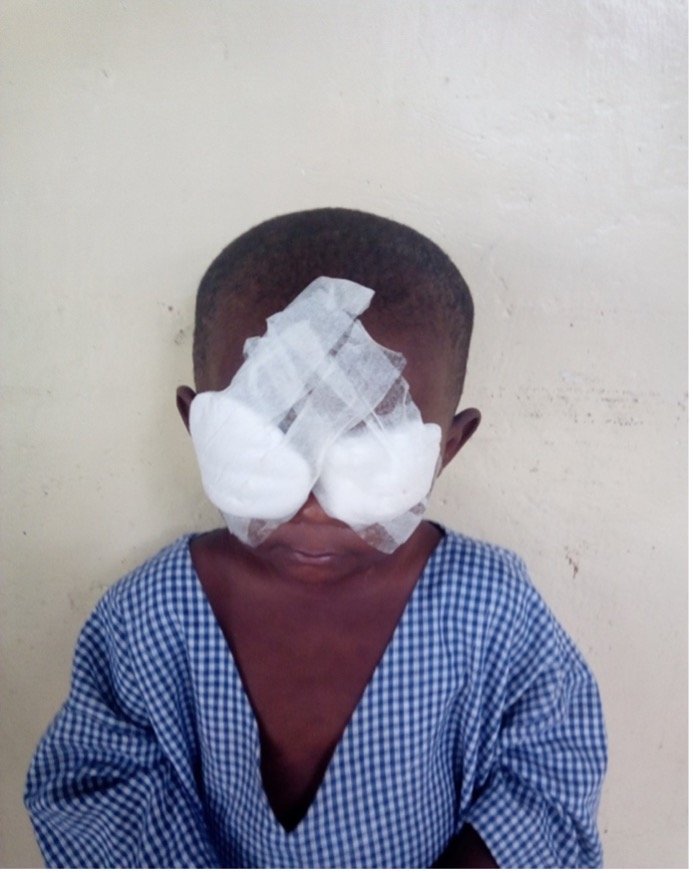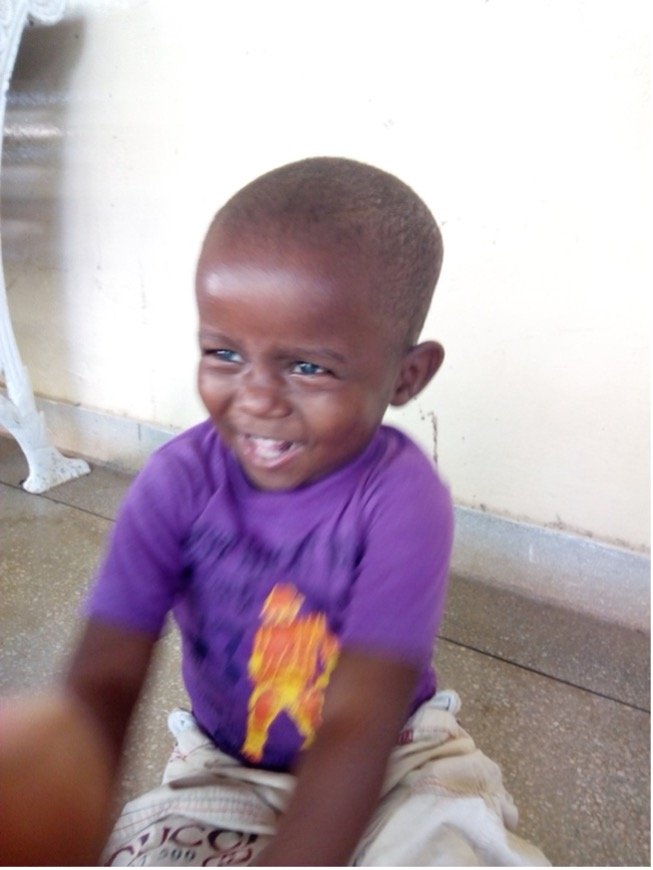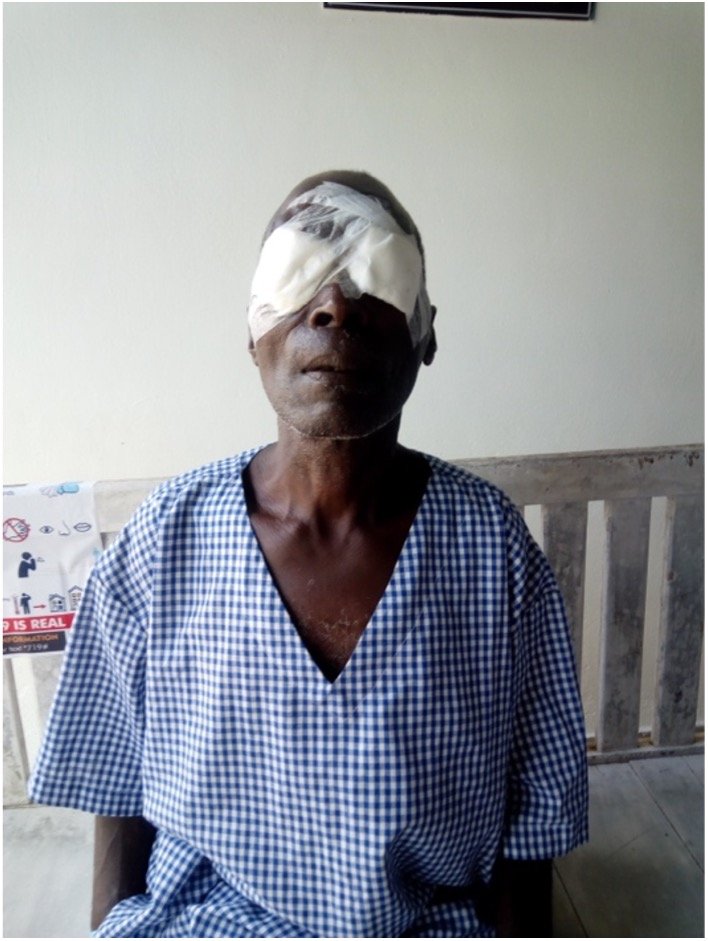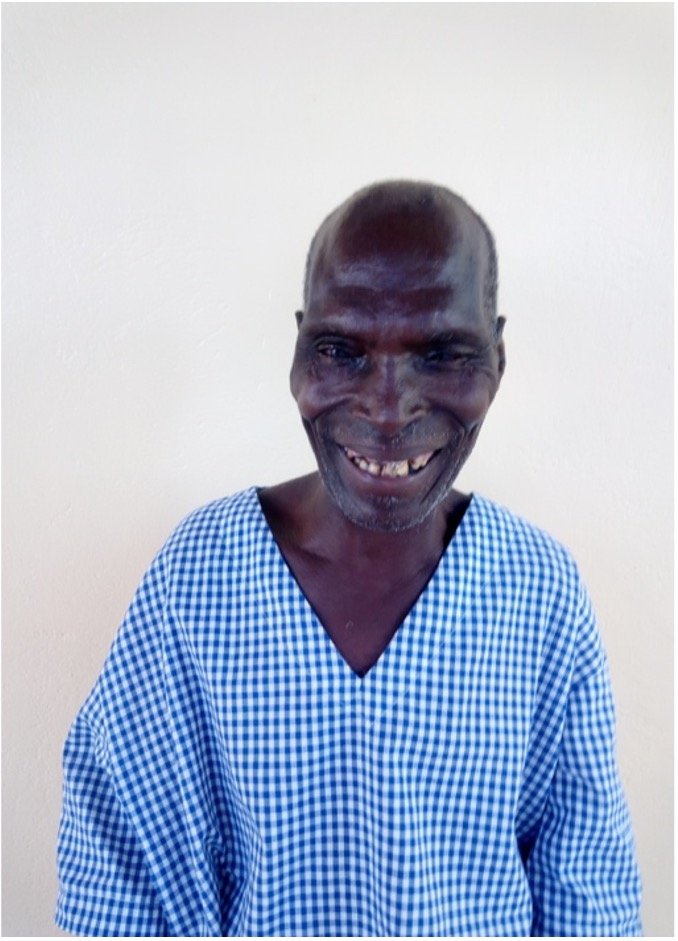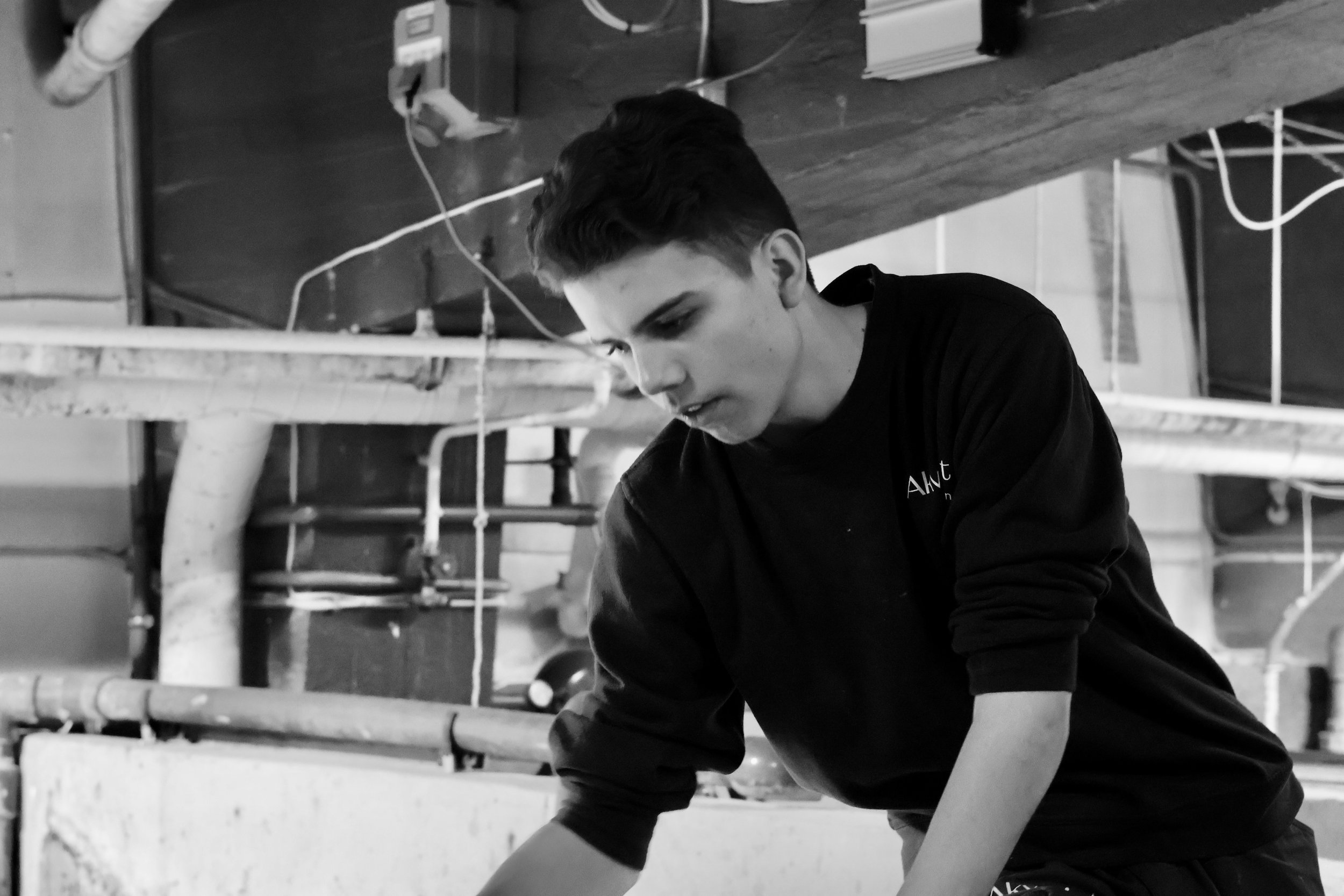Frederick wants to make a difference through his work
A little girl with cataract in her eye.
Needless blindness is a large problem in Africa
More than 1 billion people suffer from needless blindness or low vision due to lack of treatment options. It’s estimated that 800 million of these people suffer from the need of glasses. The second most frequent cause of needless blindness is due to cataract which amounts to more than 40% of all cases. In lack of an operation cataract leads to blindness, and many years of unproductivity and reduced quality of life. In Norway and other western countries, cataract affects the older part of the population. In developing countries cataract affects all generations, and congenital cataract is not scarce. Children that are affected need to be operated before the age of 6, in order to prevent permanent loss of sight.
Kenya’s national strategy plan for eye health 2020-2025 proposes that 15,5% of the population will need qualified eye healthcare services in this time period. With a population of more than 50 million people, this implies a high demand for eyecare services. United Nations had a goal in “Vision 2020” to increase the number of cataract operations by 3000 per 1 million residents. Kenya has now in comparison reached 800 operations per 1 million residents. The main reason being the lack of eye surgeons. There are only 3 eye surgeons per 1 million residents, and 80% of them are located in the Nairobi area. Only qualified eye surgeons can perform cataract surgeries. In need to become a qualified eye surgeon you need training and practice with patients.
Frederick wants to make a difference through his work
When Frederick was asked why he wanted to work with eye health, he replied that he wanted to make eye health services more accessible in order to help even more people. He grew up in an area with little access to health services, and he did not get glasses until he was 10 years old. His life then changed for the better. He is currently studying medicine and is training at the Kwale Eye Center, where he is learning to operate and treat patients. He has great ambitions to become an eye specialist and will work to improve people’s lives by giving them the help they need.
Abdullahi (3) had become blind without treatment
A social worker noticed Abdullahi's poor eyesight and took him to examination. It turned out that he had congenital cataracts, but the operation was too expensive for his parents.
Fortunately, he was taken to Right to Sights collaborating hospital where he received a subsidized operation. For Abdullahi, the operation was crucial. If the help had not arrived in time, he would have become permanently blind by the time he was 6 years old.
Abdullah with bandages.
Abdullah after surgery.
Low vision and blindness in children are a major problem in Kenya. The country has not yet introduced systematic national measures to detect and treat eye health problems in children. Blindness in children causes high mortality below the age of 5, and a blind child has few chances to obtain an education and contribute to society. The most important causes of low vison and blindness in children are due to lack of glasses, and cataracts, either congenital or acquired through causes like injury
Sabtinda thought he was possessed by demons
60-year-old Sabtinda Alai Mwendwa from the Likoni area of Mombasa, gradually lost his sight. He is referred to as Pastor Sabtinda where he comes from because he is highly religious. He lost much of his sight in both eyes and could no longer read the Bible, but still did not want to see a doctor. He believed that demonic spirits had taken his sight away from him, thinking that if he prayed to God, his sight would return. After two and a half years of intense prayer and fasting rituals, his world was still dark.
He was brought to Right to Sights eye screening in the area, through one of our outreach camps in the area. The examination diagnosed him with bilateral cataracts. When he heard that the solution was surgery, he denied this and withdrew from the screening. But after a while of counseling and information, he felt safe enough to undergo surgery. It was successfully performed at our collaborative hospital Kwale Eye Centre, and now Sabtinda can happily read his Bible again without any problems.
Subtinda with bandages.
Subtinda after surgery.
He was brought to Right to Sights eye screening in the area, through one of our outreach camps in the area. The examination diagnosed him with bilateral cataracts. When he heard that the solution was surgery, he denied this and withdrew from the screening. But after a while of counseling and information, he felt safe enough to undergo surgery. It was successfully performed at our collaborative hospital Kwale Eye Centre, and now Sabtinda can happily read his Bible again without any problems.
Outreach work
Like Sabtinda, many do not know they can regain their sight through surgery. Often, they must be persuaded to accept treatment. This is because there is shortage of access to eye health services in rural areas in Kenya, and information of possible treatment does not reach them. It´s necessary to work in the field to identify the visually impaired and blind. Right to Sight therefore provides support for necessary outreach work and has our own outreach coordinator who organizes eye screening camps. We have so far examined close to 47,000 people at our outreach camps.
Related stories
STORIES FROM OUR PRIORITY AREAS
All · Children & youth · Music & culture · Health & research · Climate action · Social impact investment

